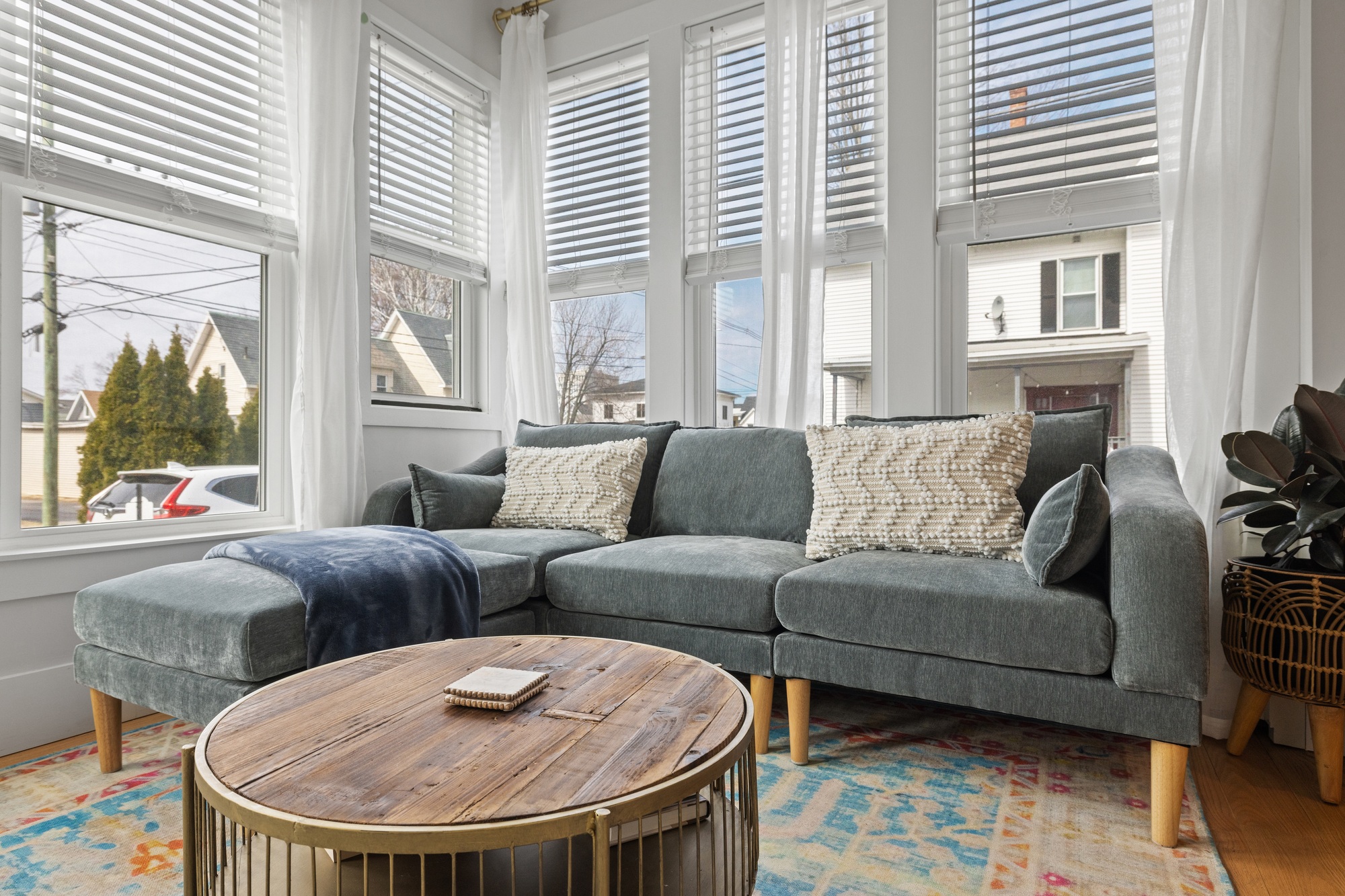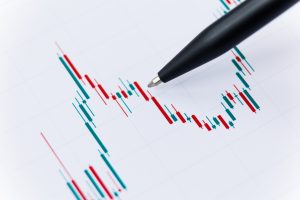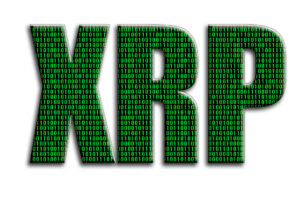The number of zombie foreclosures in the United States has been on the rise, even as vacancy rates across the country remain steady. This trend highlights underlying issues within the housing market that could have significant implications for homeowners, lenders, and investors.
Recent data indicates that while the overall vacancy rates in U.S. residential properties are holding consistent, a growing number of foreclosed properties are remaining vacant for extended periods. These properties, often referred to as zombie foreclosures, are typically vacant homes that have been repossessed by lenders but have yet to be sold or properly maintained. The rise of zombie foreclosures suggests that despite steady vacancy rates, certain distressed properties are not being absorbed into the market at a normal pace.
The increase in zombie foreclosures is driven by several factors, including delays in foreclosure proceedings caused by regulatory moratoriums, legal challenges, and a sluggish housing market recovery. These properties can become eyesores and negatively impact neighborhoods, leading to decreased property values and increased community concerns. Additionally, lenders often struggle with the costs of maintaining these vacant properties, which can further slow the process of resale or disposition.
This trend impacts multiple stakeholders. Homeowners facing financial difficulties may encounter prolonged periods of uncertainty, while lenders bear the costs associated with holding these properties. Local governments and communities are also affected as vacant properties can contribute to urban decay and reduce overall neighborhood appeal. The housing market’s health is also impacted, as zombie foreclosures can distort market signals and hinder new home sales.
Market analysts are closely watching the trend, noting that the rise in zombie foreclosures could foreshadow broader issues within the housing sector. Some experts suggest that the backlog of distressed properties may lead to increased supply in the future, potentially putting downward pressure on home prices. Conversely, a steady vacancy rate amidst rising zombie foreclosures could indicate that the market is not absorbing distressed properties efficiently, which might slow the overall recovery.
Looking ahead, market participants will be keenly interested in upcoming foreclosure data, housing market reports, and any policy changes that could influence the pace of foreclosure and property disposition processes. Investors and policymakers need to monitor these developments to gauge potential risks and opportunities.
What is causing the rise in zombie foreclosures?
The increase is primarily due to delays in foreclosure processes, legal challenges, and a sluggish housing market recovery, which prevents properties from being resold quickly.
How do zombie foreclosures affect local communities?
They can lead to neighborhood decline, lower property values, and increased costs for municipalities dealing with maintenance and safety issues.
What should investors watch for in the housing market?
Investors should monitor foreclosure trends, government policies, and housing supply levels to better understand potential risks and opportunities in real estate markets.







